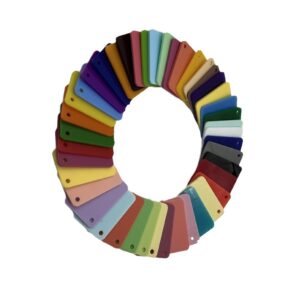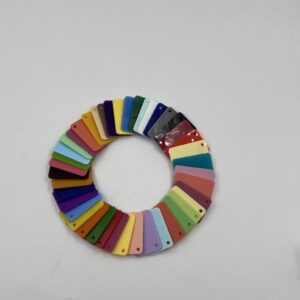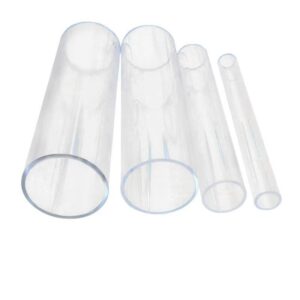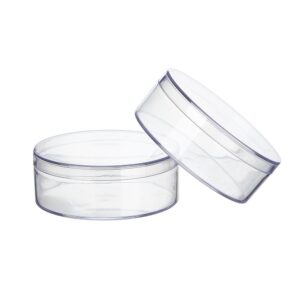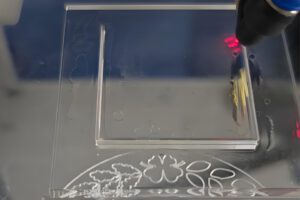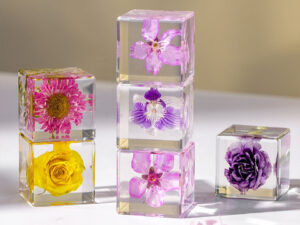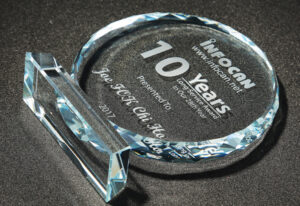Summary
Acrylic award trophies have become increasingly popular for their contemporary design, durability, and flexibility in customization. The selection of shapes in these trophies is not merely a matter of aesthetics; it significantly influences how the awards are perceived and the emotions they evoke in recipients. Each shape carries its own symbolic weight, from the dynamic balance of parallelograms to the stability associated with trapeziums, and the sophistication suggested by rhombuses. This psychological dimension makes the choice of shape an essential consideration in award design, as it enhances the meaning behind the recognition being bestowed.
Table of Contents
Geometric shapes such as rectangles, circles, and triangles dominate the landscape of acrylic awards, each conveying specific messages about achievement and values. Rectangular trophies are often seen as reliable and classic, while circular designs symbolize unity and harmony, ideal for collective accomplishments. Abstract and organic shapes have also gained traction, offering creativity and a modern flair that aligns with awards celebrating innovation and artistic endeavors. These unconventional forms captivate attention and allow for bold designs that reflect the individuality of recipients and their unique achievements.
Factors influencing the choice of shapes in acrylic trophies include psychological impact, brand identity, and cultural relevance. Designers must consider how different shapes resonate with audiences and the messages they convey. For example, rounded shapes evoke warmth and approachability, making them suitable for awards focused on teamwork, while sharp angles may represent ambition and progress.
Furthermore, aligning the shape of the trophy with an organization’s brand enhances recognition and conveys a consistent identity, strengthening the connection between the award and its recipient.
As trends in trophy design continue to evolve, the emphasis on meaningful shape selection remains crucial. Emerging preferences highlight a growing demand for innovative and layered designs, which not only captivate visually but also foster emotional connections. The interplay between shape and the values associated with awards, such as growth, learning, and community, underscores the significance of thoughtful design in celebrating achievements across diverse contexts.
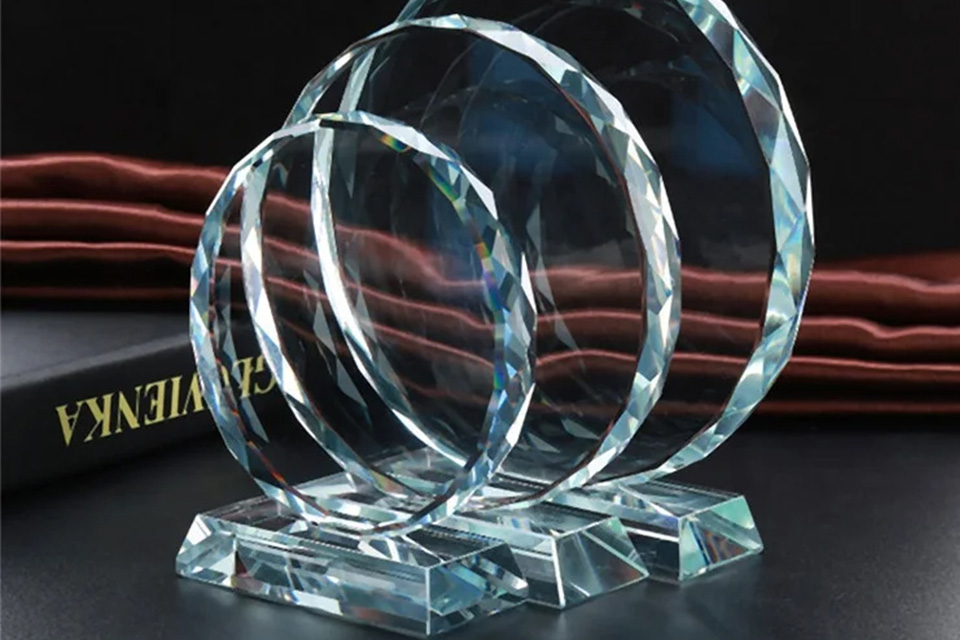
Overview
Acrylic award trophies are rapidly gaining popularity due to their modern aesthetics, durability, and versatility in design. The psychology of shapes plays a crucial role in how these trophies are perceived and valued. Different shapes evoke various emotions and symbolize distinct concepts, making the selection of form an essential aspect of trophy design.
Among the shapes commonly utilized in acrylic trophies, parallelograms represent dynamic balance and harmony, while trapeziums convey a sense of stability and modernity. The rhombus shape suggests luxury and sophistication, and pentagons symbolize protection and unity, representing five essential elements. Hexagons are known for signifying communication and balance, whereas geometric lines and fluid lines bring structure and movement to the design, respectively. Flowing curves in trophy design embody continuity and grace, enhancing the visual appeal and emotional resonance of the awards.
Moreover, the incorporation of organic icons and abstract shapes adds an element of creativity and storytelling to acrylic trophies, fostering a deeper connection with recipients and spectators alike. The design possibilities are virtually limitless, allowing event organizers to tailor trophies to match the unique energy and ethos of their ceremonies, thereby amplifying the significance of the awards presented. The choice of shapes in acrylic trophies not only influences their aesthetic quality but also reinforces the symbolic messages that these awards convey, making them a meaningful choice for recognizing achievements across various contexts.

Common Shapes
Overview of Popular Shapes in Awards
Acrylic award trophies come in various shapes that not only enhance their aesthetic appeal but also symbolize different values and achievements. These shapes can play a significant role in conveying messages about the recognition being awarded, reflecting qualities such as unity, excellence, and innovation.
Geometric Shapes
Geometric shapes are commonly used in acrylic awards due to their structured and professional appearance. Shapes like rectangles, squares, and triangles are prevalent as they evoke feelings of reliability and efficiency. Rectangular plaques are often chosen for their classic look, while triangular trophies can symbolize progression and ambition, making them ideal for competitive contexts.
Circles and Ovals
Circles and ovals, on the other hand, are associated with unity, wholeness, and harmony. These shapes are popular in awards meant to signify teamwork or collective achievement, as their continuous curves symbolize inclusivity and com- munity. Additionally, circular awards can represent eternity and continuity, which can be particularly meaningful in commemorative contexts.
Abstract and Organic Shapes
Abstract and organic shapes introduce a sense of creativity and uniqueness, making them suitable for awards that celebrate innovation and artistic achievement. The non-traditional forms of these shapes allow for bold designs that stand out, reflecting the originality of the recipients. For instance, awards featuring flowing, organic shapes can evoke a sense of warmth and approachability, appealing to emotional connections.
Irregular Shapes
Irregular shapes are increasingly favored for their ability to capture attention and signify uniqueness. These shapes are often associated with individuality and creativity, making them suitable for awards in creative fields or those that celebrate personal achievements. Their unconventional designs can represent the distinctiveness of the recipients’ accomplishments, allowing for a memorable presentation.
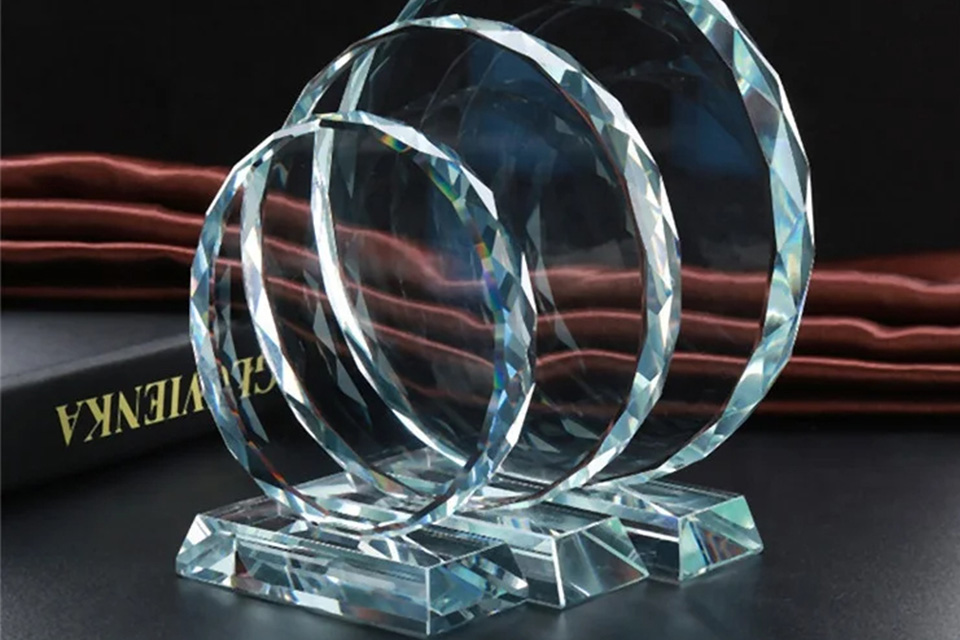
Factors Influencing Shape Choice
When designing acrylic award trophies, several factors play a critical role in deter- mining the choice of shapes. These factors not only affect the aesthetic appeal of the awards but also influence the emotional responses they evoke in recipients.
Psychological Impact of Shapes
Shapes are powerful visual elements that can significantly influence consumer perception and emotional reactions. Geometric shapes, such as squares and tri- angles, often convey stability and reliability, while organic shapes are associated with warmth and approachability. For instance, rounded shapes may impart a sense of friendliness, making them ideal for awards aimed at celebrating teamwork or community achievements. Conversely, sharp angles and dynamic forms can evoke a sense of ambition and progress, aligning with awards that recognize innovation and excellence.
Brand Identity and Consistency
The choice of shape in trophy design should also reflect the brand identity of the organization presenting the award. Consistent use of shapes aligned with a brand’s visual language helps reinforce recognition and recall among audiences. For example, an organization that emphasizes creativity may opt for more abstract and unconventional shapes to symbolize innovation, whereas a traditional company might prefer classic, geometric designs to project a sense of professionalism and trustworthiness.
Functional Considerations
In addition to aesthetic and psychological factors, practical aspects of trophy design influence shape choice. The dimensions and structure of the trophy must facilitate ease of display and handling. For instance, shapes that are stable and well-balanced, such as rectangular bases or circular forms, ensure that the award remains upright and visually appealing when showcased. Furthermore, the shape can enhance readability and clarity, especially when incorporating engraved text or logos.
Cultural and Contextual Relevance
Cultural associations with shapes can also dictate their appropriateness in award design. Certain shapes may carry specific meanings or connotations within different cultures, making it essential for designers to consider the cultural context of the award recipients. For example, circles often symbolize unity and completeness, which can be particularly resonant in multicultural settings.
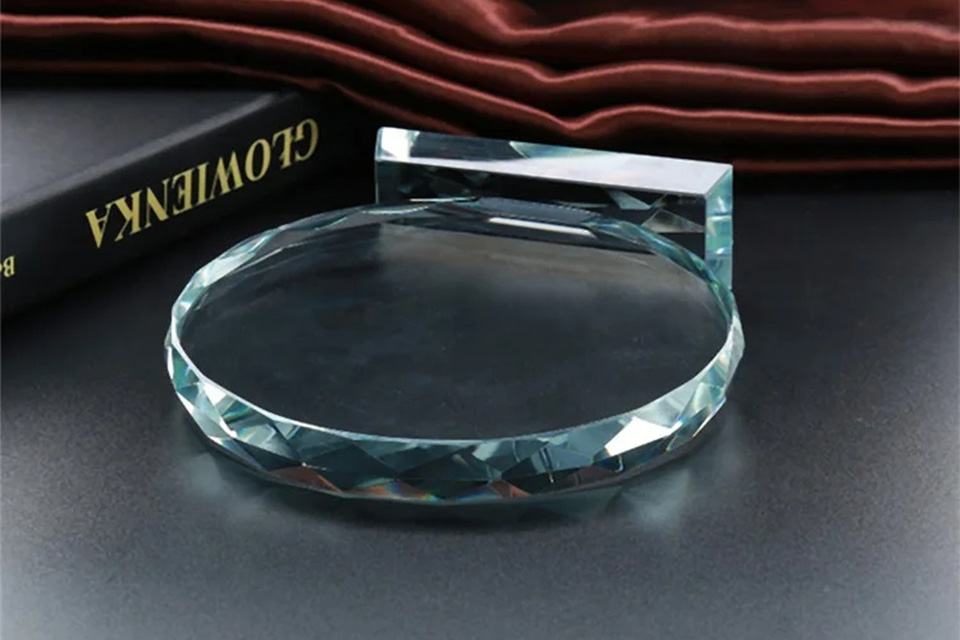
Popular Trends
Shapes and Their Popularity in Acrylic Awards
Acrylic awards have gained immense popularity due to their versatility and aesthetic appeal. Among the various shapes available, certain designs stand out based on consumer preferences. For instance, the octagon ranks as the 10th most popular shape, accounting for 1.6% of online purchases. Its unique geometry allows for creative customization, making it a favorable choice for many clients.
Value Priorities in Award Design
The significance of the shapes used in award design is further highlighted by a survey of consumer preferences. Approximately 12% of respondents indicated that “growth and learning” is the most important value associated with awards, while economic and financial success, as well as conservation and stewardship, are also highly regarded. This insight into consumer priorities helps shape the design trends in acrylic trophies, as designers strive to reflect these values through the use of appropriate shapes.
Innovations in Shape Design
Emerging trends in trophy design also emphasize the importance of abstract and layered shapes, which are often utilized to represent innovation and forward-thinking. These designs create depth and interest, allowing the awards to stand out while conveying a modern aesthetic. Designers are increasingly focused on creating shapes that not only please the eye but also enhance the overall experience of the award recipient, making emotional connections through thoughtful design choices.
Branding and Communication Through Shapes
In the realm of branding, the psychological impact of shapes cannot be overlooked. Geometric shapes such as circles, squares, and triangles convey different messages and emotions, influencing how awards are perceived. For example, circles often symbolize unity and community, making them a suitable choice for awards that celebrate collective achievements. This alignment between shape and brand messaging is a critical trend in the customization of acrylic awards, ensuring that each design resonates with the intended audience.





